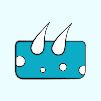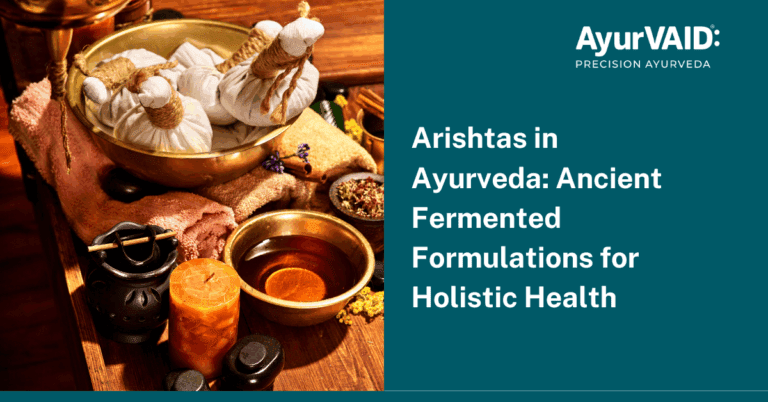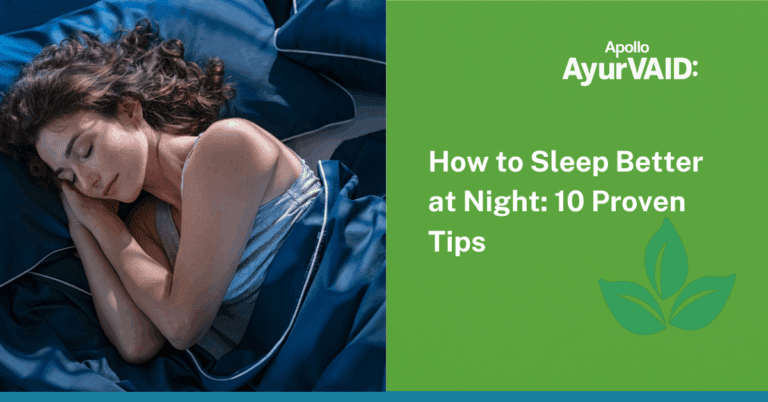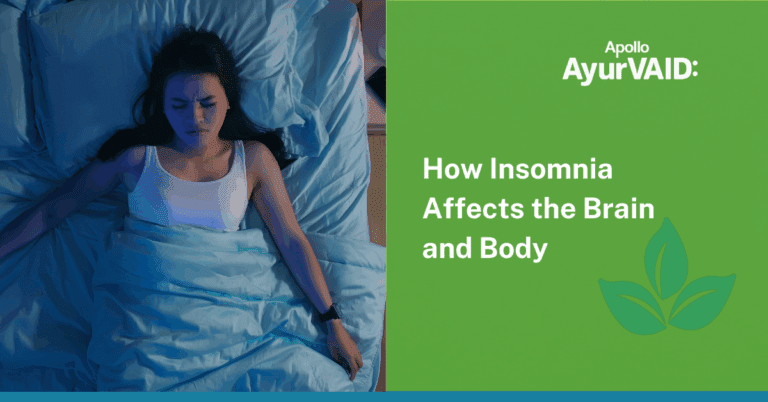Introduction
Pain as defined by WHO is “An unpleasant sensory or emotional experience associated with actual or potential tissue damage”. In Ayurveda, Shoola is the term used for pain and is a cardinal symptom attributed to the neurokinetic force of the body (Vatadosha) in particular. Pricking pain (toda), splitting pain (bheda), piercing pain (vyadha), binding pain (veshtana), pain during joint movements (prasarana-akunchana-vedana), severe pain (maharuja) are different terminologies of pain in Ayurveda, according to its manifestation.
Pain is a protective body mechanism, which alerts the person about the harmful condition or experience that occurs in the body. It can be caused by tissue damage (also called nociceptive pain) or caused by nerve damage (also called neuropathic pain) . In some cases, pain comes from a psychological condition. However, the inflammatory changes occurring in tissues cannot be ignored in such conditions. Hence Ayurveda pain management measures focus on aligning the deranged doshas and bring balance of doshas to subside pain through various Ayurveda procedures and medications.
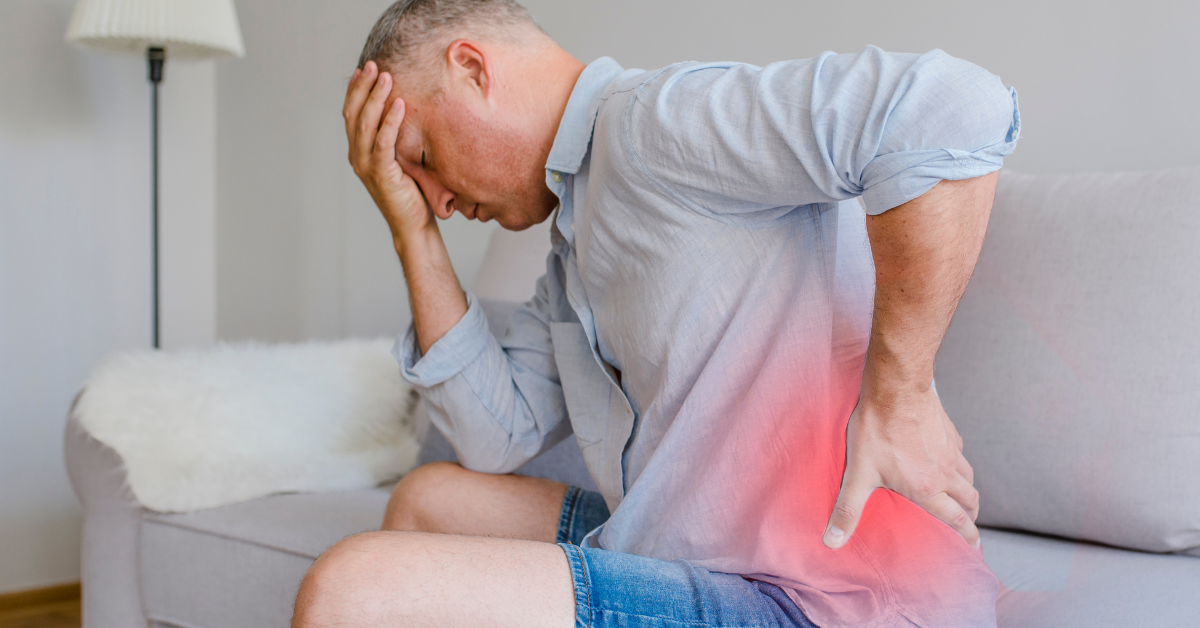
Managing Pain with Ayurveda
Popping pain killers can numb the pain for a few moments, but in Ayurveda, certain therapies can help manage the discomfort. These procedures when combined with appropriate medication can help alleviate the root cause of pain.
- Nadi swedam – The instant pain reliever procedure, in which medicated water vapour is applied over the painful region through a tube. This may be given locally and generally.
- Pinda swedam – a bolus is prepared out of pain-relieving leaves and oil, this is massaged with oil over the whole body or locally depending on the condition of the patient.
- Kashaya dhara– A kind of sudation therapy using herbal decoction. This is a process by which the body is made to perspire by means of pouring warm decoction from special herbs with a special vessel from a certain height in a rhythmic manner and is rubbed into the body. It removes tension from muscles and also alleviates pain and stiffness of the joints and muscles
- Abhyangam– application of medicated oil throughout the body or locally with specially designed steps for massaging.
- Vasti – Medicated enema, the procedure of giving medicated decoction or oil into the anal region for balancing vata.
- Sthanika vasti Eg Kati Basti, Janu Basti, Griva Basti ( procedure of retaining medicinal oils in joints or chest or low back or neck etc) is a localised procedure performed at respective sites to manage pain and strengthen them.
- Agnikarma – A small rod of Gold with a blunt end, is placed on the affected area and the heat is transferred through the other end by a candle, till the patient can bear the heat. It works effectively and gives immediate relief. Usually done in conditions like joint pain, pain due to cervical or lumbar spondylosis, spasmodic pain due to calculi, sciatica the procedure is done along the path of the nerve. The other way (direct heat) is useful in pain at heels which is done by Mruttika shalaka (earthen rod). Agnikarma works through “Gate Control Theory” according to modern research to prevent the sensation of pain reaching the brain and hence provides immediate relief.
- Lepa – Lepa means application of paste of anti inflammatory herbs on the affected area and left to dry. Usually applied in cases of swelling, injury, sprain, etc.
- Marma therapy: Marma Therapy has a special role to play in pain management. Instant pain relief is the motive of marma therapy. Stimulation of marma can produce analgesia by secreting a number of prostaglandin inhibitors, endorphins, interferon and other opioid-like substances which are hundred times more potent than opium
- Bandhanam ( bandaging with medicinal paste or oils or herbs) , Sthanika Pichu ( procedure of retaining warm oil over painful areas) – all these play a great role in localised neuromuscular and musculoskeletal pain.
- Dhoopanam ( medicinal fumigation) plays a role in reducing pain due to tissue inflammatory conditions.
- Kabalam and Gandoosham ( retaining decoctions or medicated oils in mouth ) – plays a significant role in addressing pain occurring in the oral cavity.
- Nasyam ( Instillation of nasal drops) helps manage pain originating from head and neck regions.
- 16 Raktamokshana ( blood letting procedures) using specific leeches, specific needles help in controlling localised pains associated with tissue damages like in RA or skin diseases.

The concept of pain management is a big domain, so the treatment protocol varies accordingly. Some may need support for internal medications as well. A diet rich in anti-inflammatory foods is the key to chronic pain management. Ayurveda suggests dietary choices that pacify Vata Dosha, which helps pain management to a certain extent, preferring warm, freshly prepared, well cooked food while minimizing highly acidic options. A long-term result in pain management is achieved when we adopt a root cause management protocol which includes a comprehensive approach of diet and lifestyle corrections, medicines and suitable treatment. This technique of Ayurvedic treatment for pain management has been widely accepted worldwide due to the uniqueness of its comprehensive and customized approach.


